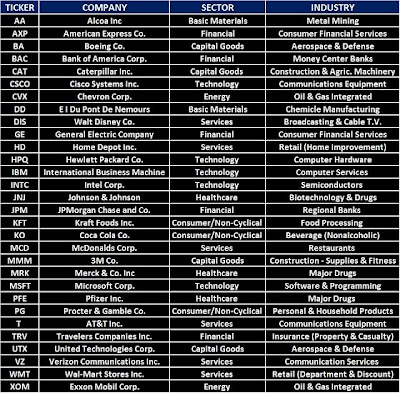I thought this was pretty cool, and I signed up for a virtual account yesterday. There are a couple of things I would mention for those who want to try this out. When you first sign up, you will be asked whether you want to receive notices from the Wall Street Survivor. I read in some reviews for Wall Street Survivor it was wise to uncheck those boxes otherwise you could get more emails than you really want. I made sure to do this when I signed up. The other thing I would mention, is there are ads placed throughout the website, but you don't need to click on them, unless you are interested in seeing one of course. I am not, so I tend to ignore them, because the virtual trading account is where all my energy and focus is on. I want to test my own skills and try to win that first place!
Opened a Virtual Trading Account
When I started Trading in the virtual account today, I was glad to see how easy it was to perform the various Trading Actions and how the virtual account does all the calculations for you based on what trading decisions are made. It is also possible to practice using a virtual account to trade options. My absolute favorite thing so far about the experience was that you can see where you rank with all the other traders by selecting "see my ranking." Based on your performance, you will see what place you rank among the virtual traders participating. I was shorting stocks today in this account since the markets were generally trending down and when I checked my ranking, it said 636 of 6,500. I guess this meant there are about 6,500 traders participating!I like the incentives of trying to rank in the top 3 because of the cash prizes that are awarded. I will admit however, that for new investors, this site is a great learning and practicing opportunity, and to win the top prize means you are up against some pretty good competitors that you need to outperform. Although this was my first day, ranking 636 is still a ways away from 1st, 2nd, or 3rd place but the winners are awarded after a week AND a month for best performance. I found it competitive, challenging, and fun. If you don't rank well, keep practicing and it can help you rank higher, while developing skills for trading in the Stock Markets.











